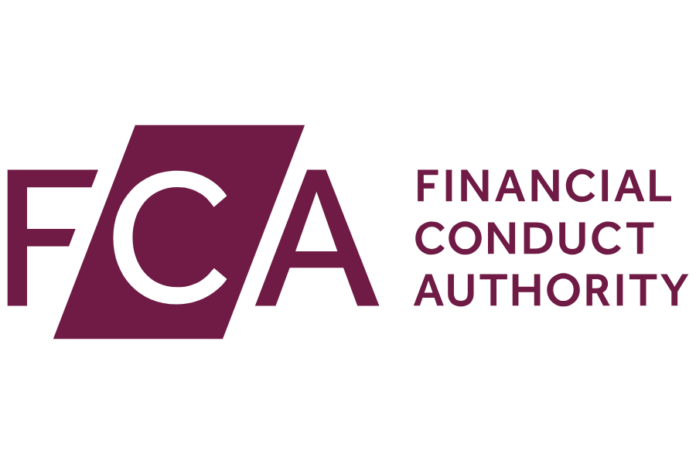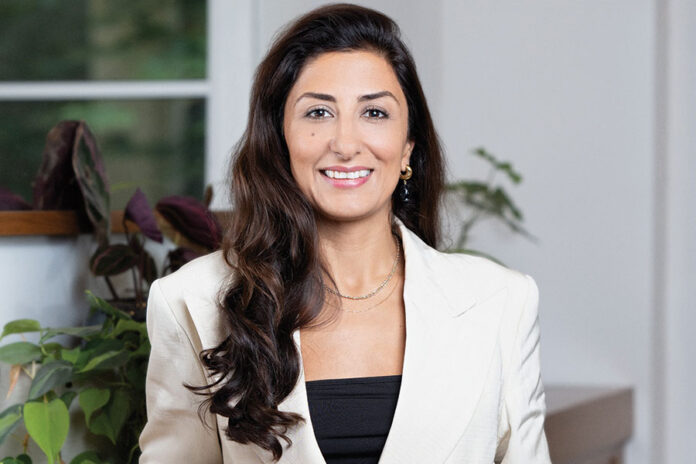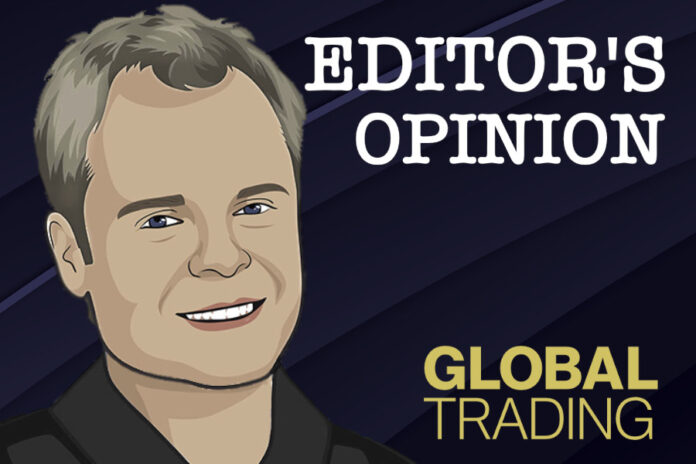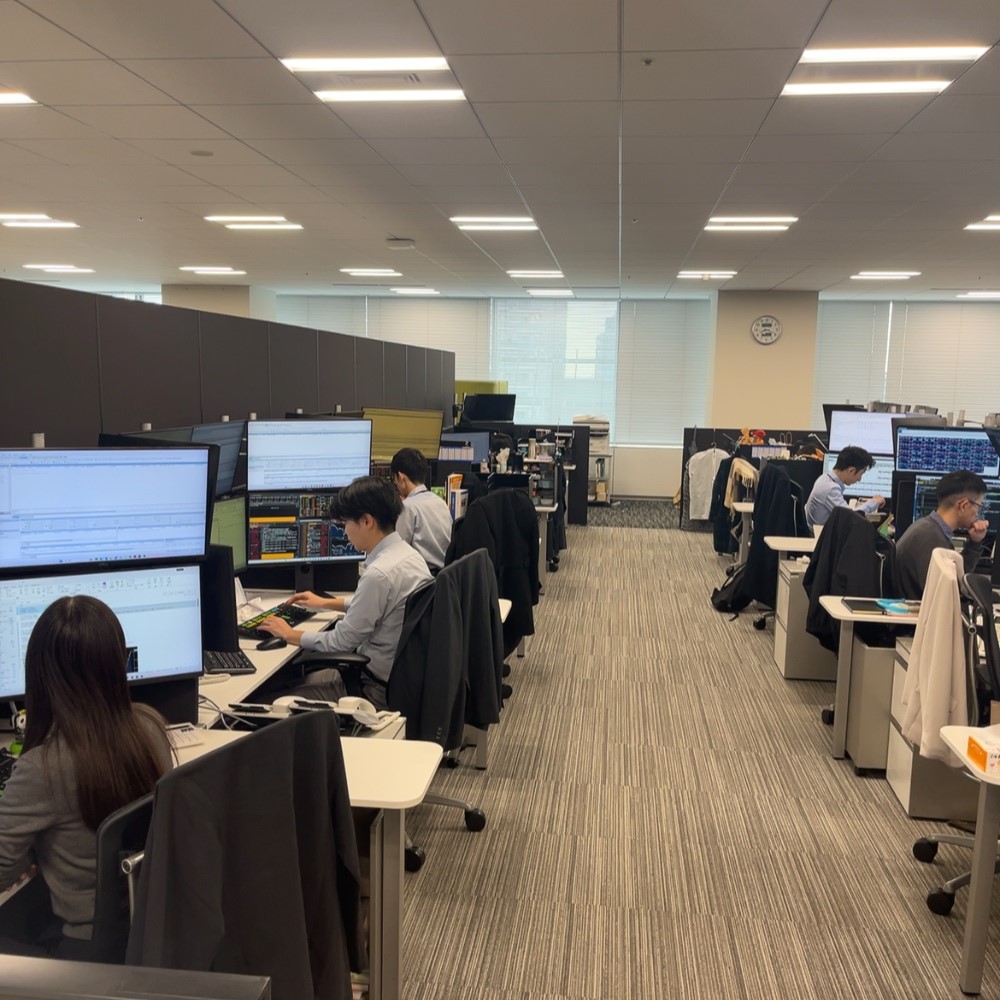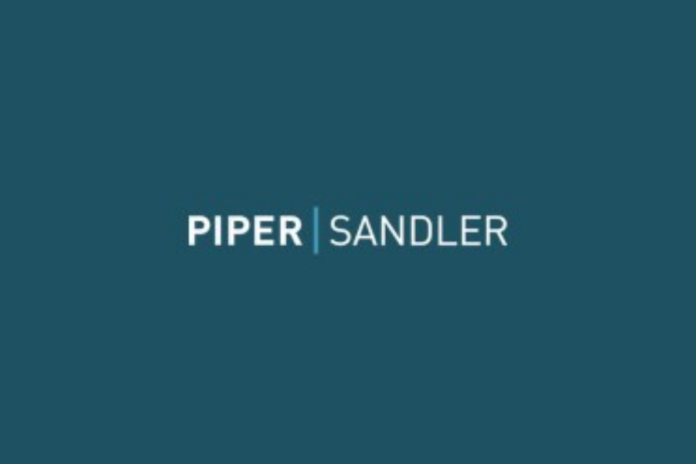Hudson River Trading (HRT) and Susquehanna (SIG) kept improving their share weighted-execution-quality edge in September as US equity volumes and retail price improvement covered by Rule 605 disclosures rebounded to US$422.5 million. Citadel Securities remained dominant in size, trading more than 28.9 billion shares.
Median E/Q Spread Ratio Over Time
Global Trading’s expanded Rule 605 dataset, collated to the Securities Information Processor (SIP) using BMLL Data Lab, shows that the six largest retail market makers – Citadel Securities, Virtu, Susquehanna, Hudson River Trading, Jane Street and Two Sigma Securities – delivered US$422.5 million of price improvement to US retail investors in September on 76.3 billion securities traded. On our “All trades” lit-market proxy (all SIP-reported continuous trades with a live, unlocked NBBO), September volumes reached 134.0 billion shares, generating US$657.4 million of price improvement versus the NBBO.
On a per-share basis, this corresponds to around 0.55 cent of price improvement per share for the market makers versus 0.49 cent for the lit-market proxy, confirming that retail internalisers continue to provide better economics than the average lit execution. In August, when lit continuous trading fell to 123 billion securities traded and aggregate price improvement on the proxy dipped to US$632 million, market conditions were noticeably quieter; the September figures therefore represent an increase of 9% in lit-market volumes and 4% in market-wide price improvement versus August.
Measured by our standard E/Q ratio – the realised spread versus the prevailing NBBO spread, where 0 indicates a trade at the mid-price and 1 a trade at the quote – Hudson River Trading and Susquehanna again posted the lowest share-weighted median E/Q in September, at 0.295 each. Approximately 75.9% of HRT’s September volume and 64.4% of SIG’s volume fell into the sub-0.40 E/Q region, while Citadel Securities’ median E/Q improved to 0.48, with 35.8% of its volume landing in the sub-0.40 bucket. Two Sigma’s median was 0.46, Virtu’s 0.53 and Jane Street’s 0.56, with correspondingly lower near-mid shares of volume.
The September data extend the pattern described in our previous reporting, where SIG and HRT had already emerged as the year’s biggest net improvers in both volume and median E/Q. HRT’s median E/Q has moved from 0.315 in August to about 0.295 in September, while SIG’s has fallen back from 0.335 to the same 0.295 level, leaving both still well clear of the rest of the field on a share-weighted basis.
Read more: HRT takes retail execution-quality crown in slower August market
In absolute price-improvement terms, Citadel Securities remains, as ever, the largest retail execution venue. It provided retail traders US$137.3 million of price improvement on 28.9 billion securities traded, up from US$130.9 million on 25.2 billion securities traded in August – an increase of 15% in volume traded and 5% in delivered price improvement.
Virtu remained the second-largest wholesaler by volume, with September price improvement of US$85.9 million on 16.8 billion securities traded. Its price-improvement total was largely unchanged from US$86.2 million in August, but on slightly larger volume traded.
Susquehanna delivered US$73.4 million of price improvement in September on 10.1 billion shares, up from US$65.4 million in August, while Hudson River Trading provided US$73.6 million on 11.0 billion shares compared with US$57.5 million in August. HRT had the strongest relative month-on-month improvement, with price improvement rising 28%. Jane Street and Two Sigma rounded out the group with US$36.8 million and US$15.4 million of price improvement respectively.
The order-type breakdown for September shows a distinct specialisation by wholesaler, both in terms of the type of flow they interact with and the typical ticket sizes. SIG and HRT remain the most market-order-heavy market makers. For Susquehanna, around 75% of September retail tickets and roughly 77% of executed shares were market orders, with a further 16% of orders and 20% of volume coming from marketable limit orders. HRT had about 59% of orders and 69% of executed shares as market orders, as well as over 18% of volume filled via marketable limit orders. This mix, skewed towards immediate, liquidity-taking instructions, appears correlated with both firms’ very low median E/Q ratios and high shares of executions near mid.
Citadel Securities and Virtu show a more balanced mix. Citadel Securities’ September disclosures show that 29% of the tickets it filled were market orders and 34% were marketable limit orders; yet on a share-weighted basis, market orders generated 55% of its executed volume and marketable limit orders 33%. Virtu’s flow profile is dominated by limit orders in terms of order count, with close to 49% of tickets classified as marketable limits and just over 27% as market orders, but the bulk of executed shares still comes from market orders, which accounted for 60% of its volume. In both cases, a modest but meaningful proportion of orders and shares were filled as inside-NBBO or at-the-quote limit orders, contributing to additional price improvement but also reflecting routing choices by retail brokers.
Jane Street’s and Two Sigma’s order-type profiles are the most differentiated from the group. Jane Street has the highest proportion of inside-NBBO limit activity in September: 28% of its tickets and 9% of its executed shares were inside-quote limit orders, while marketable limits represented 41% of its executed volume and market orders about 47%. Two Sigma’s executed volume was more heavily concentrated in market orders, at around 64%, but its ticket mix was also skewed towards marketable limits, which represented close to 49% of orders.
The September data also provide a clear picture of size specialisation across market makers. Taking total executed shares divided by the number of orders as a proxy, SIG and HRT handled the largest average retail tickets in the group, at roughly 1,040 shares and 940 shares per order respectively. Citadel Securities and Virtu sat in the middle of the distribution, with average order sizes of 510 and 420 shares. Jane Street and Two Sigma are at the smaller-ticket end, with average executed order sizes of 270 and 290 shares respectively.
On the E/Q chart we can also see large divergences between the median E/Q when share-weighted, which is derived from the raw 605 disclosures, and the notional-weighted one, where we apply the monthly VWAP to each security traded by the market makers. When notional-weighted, the execution-quality lead of HRT and Susquehanna is much smaller. This reflects the fact that in terms of notional traded, the top-traded stocks at HRT, SIG, and Citadel Securities are similar, with similar E/Q values in those names. In September, in notional terms, their most-traded stock was TSLA. In that name, Citadel Securities was slightly superior in execution quality with an E/Q of 0.53 versus 0.59 and 0.57 at Susquehanna and HRT respectively.
On the other hand, in terms of shares traded, the top stocks at HRT and Susquehanna are lower-priced ones with E/Q around 0.2, such as Opendoor or SNAP, and these represent a larger share of their overall execution.
*
605 disclosures contain these aggregate measures per order type and order size, as well as tickers and volume. For price we use our monthly calculated volume weighted average price (VWAP) per ticker from the ‘all trades’ proxy sourced and constructed on BMML Data Lab.
Our lit market proxy looks at all the securities information processor’s trades within the month, as long as the bid and offer have been updated within 10 seconds of a trade, and the quotes are not locked or crossed.

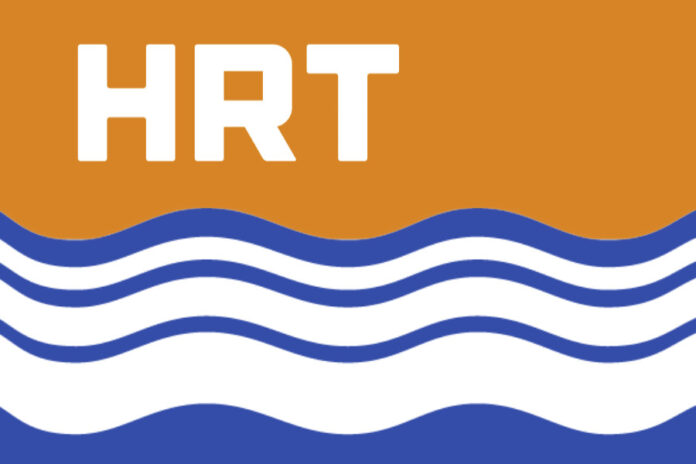
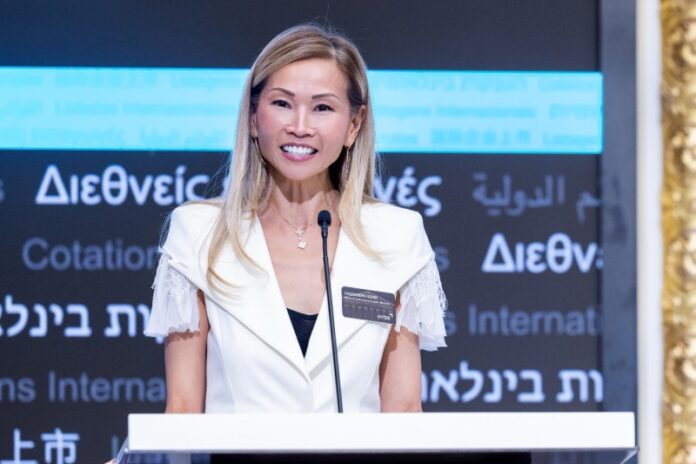



 She said: “If we consider the young generation… they don’t care about liquidity, really. What they want is accessibility – they want to be able to trade 24 hours a day, seven days a week,” and added: “They want an app, very simple… to open an account in three minutes, and they want to be able to trade everywhere immediately.”
She said: “If we consider the young generation… they don’t care about liquidity, really. What they want is accessibility – they want to be able to trade 24 hours a day, seven days a week,” and added: “They want an app, very simple… to open an account in three minutes, and they want to be able to trade everywhere immediately.” He said: “The new generations want to be rich, but the stock market doesn’t make you rich with an average of 7% annualised. Gen Z are trying to find ways of getting rich fast, yet many of them have other priorities than money and a traditional career; they want to be happy and do something meaningful. In my opinion they will be the ones investing in good companies locally, because that’s what they really want.”
He said: “The new generations want to be rich, but the stock market doesn’t make you rich with an average of 7% annualised. Gen Z are trying to find ways of getting rich fast, yet many of them have other priorities than money and a traditional career; they want to be happy and do something meaningful. In my opinion they will be the ones investing in good companies locally, because that’s what they really want.”
